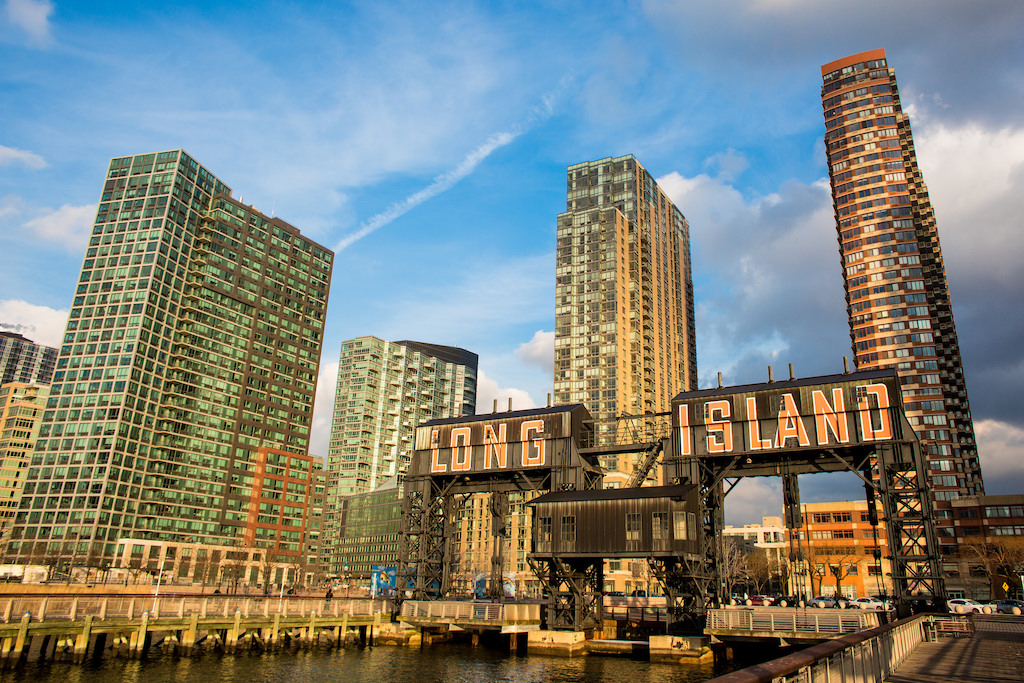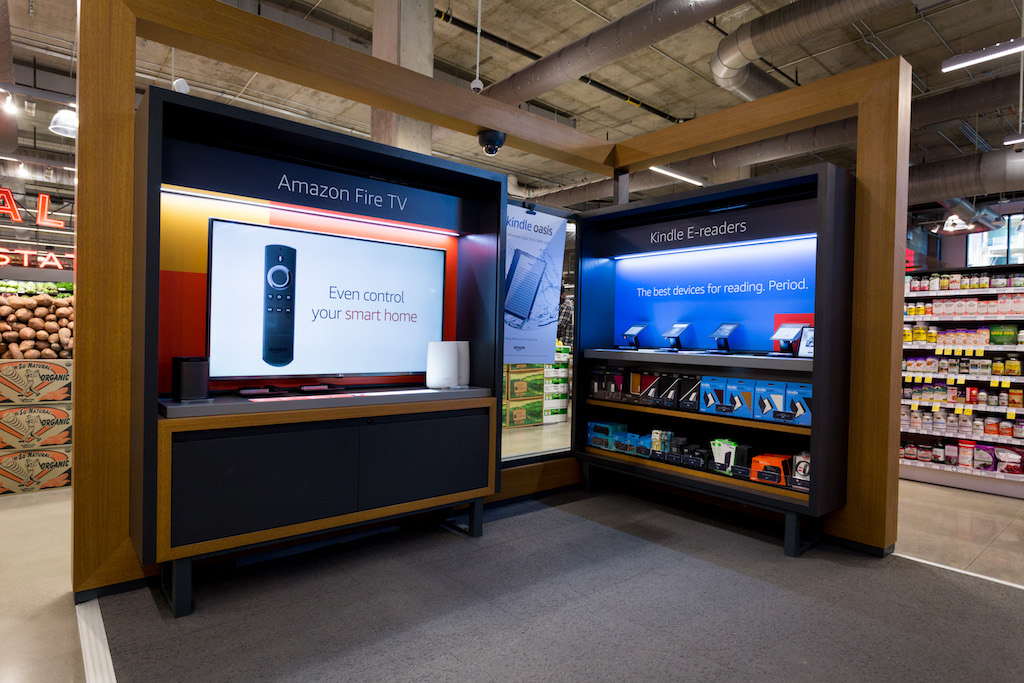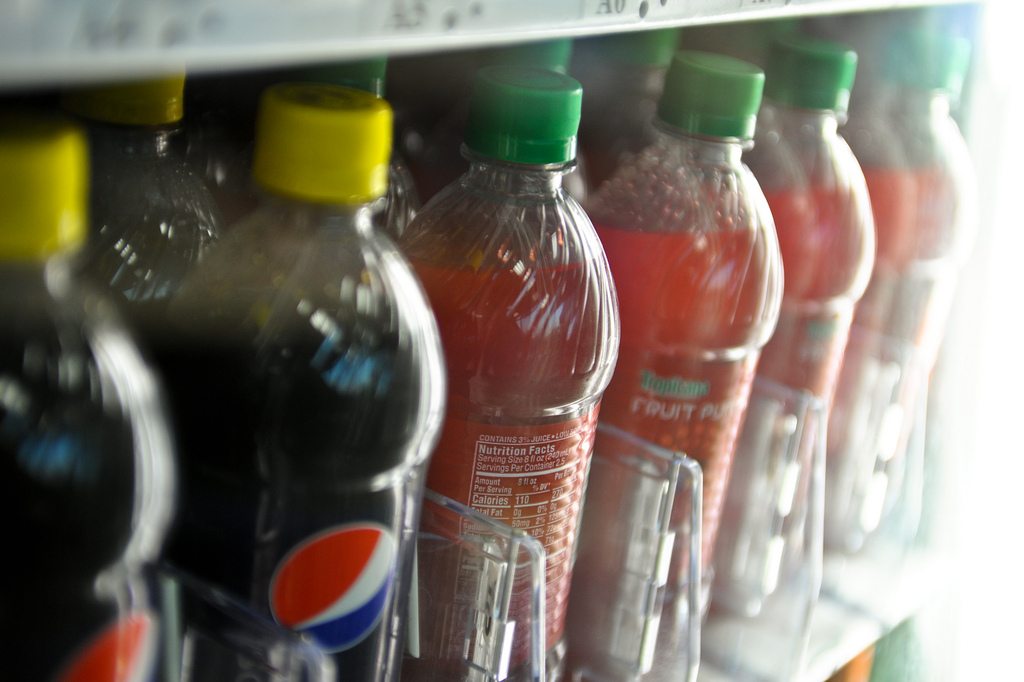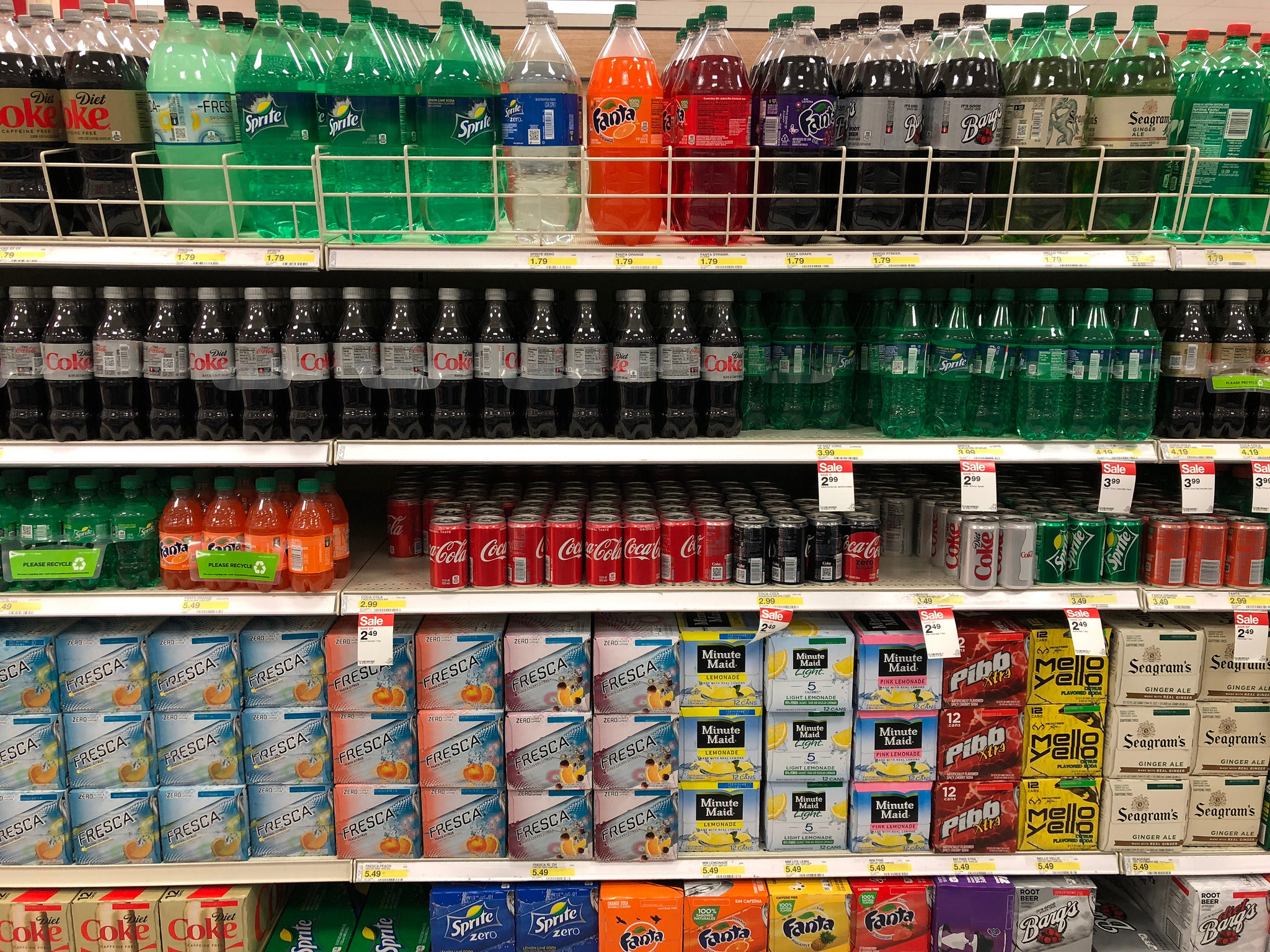Amazon officially announced its HQ2 decision on Tuesday morning, ending an unprecedented national horse race that had cities across the country jockeying for an opportunity to host the retail giant’s next corporate headquarters.
The big reveal was somewhat tempered last week by a stunning Wall Street Journal scoop: that Amazon, rather than building the monolithic, 50,000-person, single-city headquarters it initially promised, would split its bulk across two cities instead. One headquarters will be in Arlington, Virginia, and the other will be in New York City—in the long-since-overdeveloped Long Island City neighborhood of Queens—just across the East River from midtown Manhattan, and home to both newly constructed luxury high rises and the nation’s largest housing project.
The last-minute switcheroo has already been a source of ire. Writing in The Atlantic on Monday, Derek Thompson called the decision “an absurd spectacle, concluding with a plot twist, which revealed a deep and dark truth about the modern world.” The truth Thompson was referring to? That 238 cities and counties rushed to court Amazon, spending months on planning, offering collective billions of dollars in tax incentives, and forfeiting priceless data, and got nothing in return. Instead, the competitive atmosphere they whipped up likely served only to make the winning bids more generous. Amazon, meanwhile, went on to do what it probably always wanted to do anyway: claim vast swaths of real estate in the capital region and the Big Apple, arguably the respective political and economic centers of the world.
According to the company, New York alone will spend $1.2 billion over the next 10 years on Amazon salaries, using a refundable tax credit to offset what it will pay in wages—said to be over $150,000 per employee, per year, on average—by $48,000 per person. And that’s just the start. According to the press release, Amazon has also apparently racked up a range of other incentives, from a $325 million cash grant proffered by Empire State Development, the state’s economic development corporation, to future property tax abatements and credits to offset employee relocation costs. Amazon, for its part, has promised to invest $2.5 billion in New York City through vaguely defined “community infrastructure improvements,” including a promise to donate space for a tech start-up incubator and a public school.
Arlington, meanwhile, has promised Amazon $573 million in direct incentives that the company can use to offset salary costs, while promising a range of other subsidies—including a $23 million grant derived from a new tax on hotel rooms.
The question is whether these cities are getting a good deal in return.
 Amazon
Amazon Amazon didn’t choose its Seattle HQ for great coffee or grunge music. Instead, it did so to avoid paying taxes—a desire that emerged as a driving force of the HQ2 pageant.
When the HQ2 contest first heated up in 2017, Timothy Bartik, a senior economist at the Kalamazoo, Michigan-based research company W. E. Upjohn Institute, told me that corporate incentives usually amount to about a 3-percent wage subsidy—in other words, that the full value of incentives offered should equal about 3 percent of wages in a normal situation. Based on what we know, Amazon appears to be getting wage subsidies of at least 4 percent in New York and closer to 2 percent in Arlington, suggesting that Virginia got a much better deal than New York did—but the details of what each region offered are still not known. (For more on these incentive packages, and why economists like Bartik think they’re a bad idea, see here.)
Others will point out that Amazon’s presence is all but guaranteed to further exacerbate the affordable housing crisis ongoing in both New York and the D.C. area. Though developers and property owners in New York are surely salivating over the news—mere hours after the announcement, there are already reports of Long Island City condos selling sight unseen—it doesn’t bode well for those struggling to make rent on an apartment or storefront.
Long Island City is already the most expensive neighborhood in New York by some metrics, and Queens and Brooklyn—both home to exploding rents for the better part of a decade now—may see things get worse from here. In a city whose mayor campaigned, twice, on a plan to hold developers accountable for building more affordable housing, it’s curious that the public never had a chance to weigh in on whether it was a good idea to hand $1.5 billion, at the very least, to Amazon, or whether that money would have been better spent on schools, transit, or more accessible housing. The decision will unquestionably affect life and livelihood in New York for years to come.
Amazon’s interest in Arlington is obvious. I was not alone in predicting that the company would set up shop in the D.C. area, the only metro region with three HQ2 finalist cities on Amazon’s shortlist of 20. As I argued in September, we’re seeing an Amazon that’s more focused on the seat of government for two reasons. First, it needs buy-in from lawmakers to craft or revise laws that will fit its ambitious business strategy, including the legal framework surrounding delivery mechanisms that have not been invented yet. (Remember, this is a company that owns a patent on massive, floating drone warehouses that would flash advertisements down to earth from on high.) Second, Amazon is increasingly competing for the government’s most lucrative procurement contracts, from aerospace to office supplies.
The New York decision seems more surprising, though Governor Cuomo tipped residents off a few weeks ago by promising to rename a river, and even himself, after Amazon for the privilege of hosting the company in his state. But in all the hubbub over HQ2, New York rarely surfaced as a serious contender. On the one hand, that could be because construction is more expensive and difficult in the city than anywhere else in the world. Or, because New York has been seized by a years-long and very costly transit crisis. Or because its airports—a top priority mentioned in Amazon’s original call for proposals—are among the nation’s most reviled.
On the other hand, all of those seeming roadblocks look a little different when you consider them through this lens: LaGuardia Airport, while widely hated, is right now undergoing a massive revamp to the tune of $8 billion—a project first announced in 2015 that has increased in scope since Amazon announced the HQ2 competition in September of 2017. In August of this year, for instance, Cuomo previewed the planned construction of a new flyover that will make it easier for drivers to enter the airport from the Grand Central Parkway.
 Friends of the Brooklyn Queens Connector
Friends of the Brooklyn Queens Connector A rendering of a street trolley, which, if implemented, would connect commuters from South Brooklyn directly to Long Island City
Meanwhile, Mayor De Blasio has presided over two improvements that expedite travel to and from Long Island City: A new ferry route, which opened this year, and a proposed trolley line that would run from the Queens neighborhood to South Brooklyn. Both projects were initially proposed in 2016; what bearing they had on Amazon’s plans remains unclear.
In hindsight, though, it was always silly to count out the Big Apple. For several reasons, New York is an ideal fit for Amazon—if not necessarily for New Yorkers—and the company’s decision to move there tells us a great deal about the its vision for the future. If the D.C. area offers access to political power, New York offers something else: foot traffic, access to the media and entertainment industries, and cultural capital.
Amazon is today a content provider par excellence. It already runs a full-fledged book publishing house, Amazon Publishing, out of an office in Manhattan—complete with its own imprint of literary titles, Little A. But its aspirations, of course, go far beyond books. Amazon is now a media powerhouse all on its own (and not just because Jeff Bezos owns The Washington Post). Its production arm increasingly makes must-see TV and films that vie for awards. Amazon is breaking into the worlds of art and entertainment because “content”—unlimited streaming, free audiobooks and so on—has proven to be a great way to hook customers on its sprawling retail ecosystem, brought to you by Alexa and Amazon Prime. Culture is the spoonful of sugar to Amazon’s Prime-subscription medicine, and no one does art and entertainment like New York.
In September, when I visited Amazon’s latest retail experiment in Manhattan’s Soho neighborhood, reporters like me almost seemed to outnumber shoppers. Further establishing its presence in New York ensures that Amazon will only continue to be a media sensation, with its story routinely beamed into living rooms everywhere—exactly where the company wants to be.
Mostly importantly, though, New York is the retail capital of America. Fifth Avenue, between 49th and 60th Streets, is the world’s most expensive stretch of commercial real estate. But New York in general is a prized city for retailers, thanks to its population density, foot traffic, public transit, and perpetual tourist presence. New York is where America goes to shop, and the city increasingly defines the parameters of what shopping can do and be. Above all, that’s likely what Amazon wants most to be by moving in: a player in the conversation about the future of retail, and to take a star turn on the influential, high-profile stage that is the city’s streets.
Take, for instance, the way experiential marketing was foregrounded at the company’s latest retail experiment, Amazon 4-star, as I reported in September. In addition to selling a range of highly rated goods, from books to kitchen gadgets, Amazon’s Soho outpost offered something truly novel—opportunities to play around with Alexa. You could practice using voice control to turn a counter fan off and on, switch a light bulb’s color from green to blue, and cue up music from Devo to Dvorjak.
And as Amazon’s product line gets more ambitiously futuristic—more intimately connected to us and potentially more frightening—it’s going to need to use physical space in this way to get us comfortable with its plans for our homes, an unprecedented encroachment into every aspect of domestic life.
Earlier this year, I wrote that Amazon could be trusted to make the “smartest, most ruthless” move regarding HQ2—arguing that this logic guaranteed Amazon would set up shop in D.C. I turned out to be only half right. Amazon turned out to be smarter and more ruthless than any of us in the media saw, claiming not just one but two American power centers for its home. In the end, the HQ2 exercise was more con than contest. We all got played. And Amazon did what it had probably planned to do all along: move into the respective homes of government and the press, and try to use its enormous pull to bend both closer to it.











